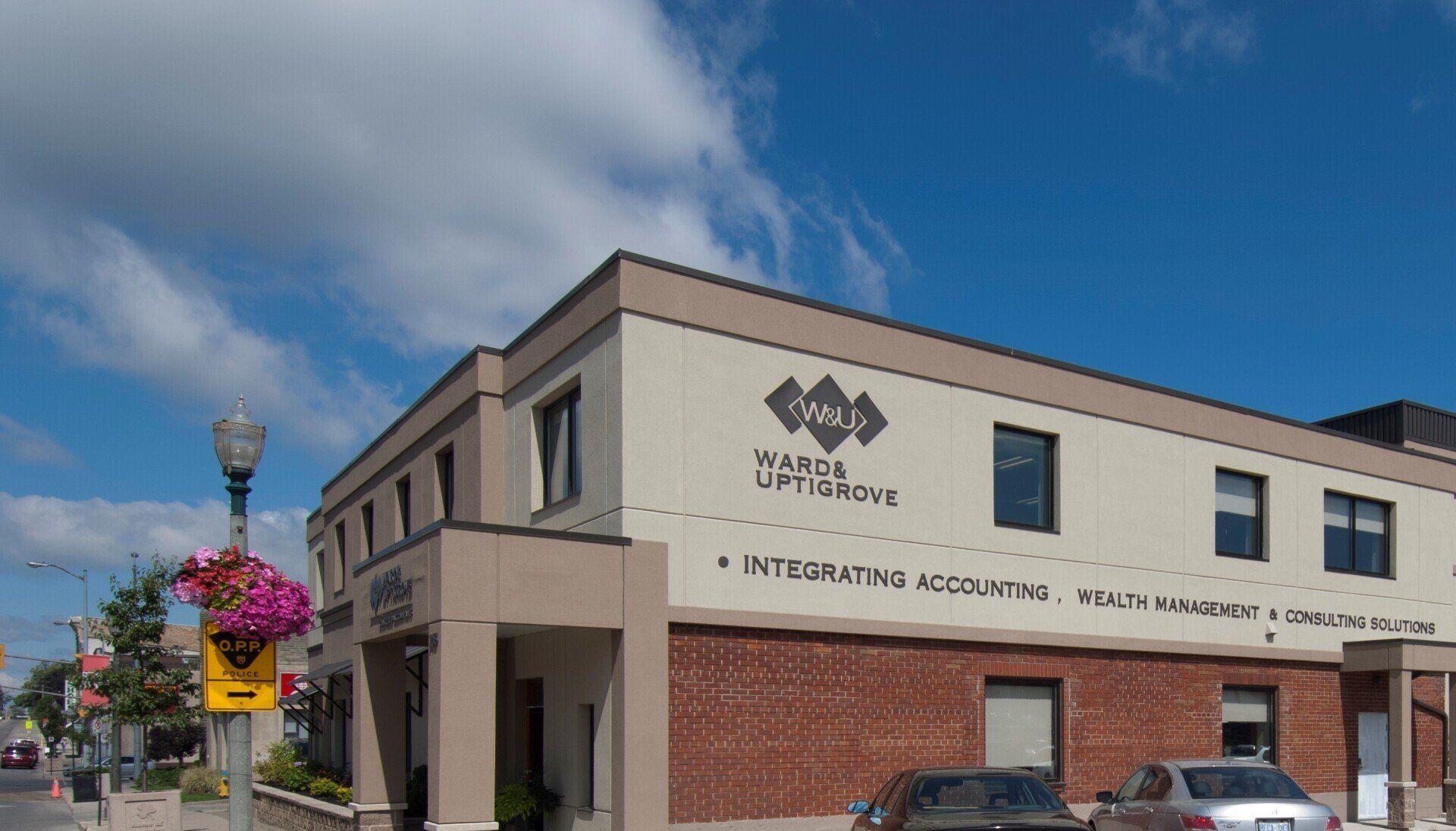Year End 2018 Agriculture Matters
United States-Mexico-Canada Agreement (USMCA)
The terms of the USMCA were formally agreed to on October 1, 2018 and on November 31st, was signed by all three countries who must now work towards final ratification of the agreement. The timing of ratification is dependent on the Canadian Senate, U.S. Congress and Mexican Senate. The USMCA is set to replace the North American Free Trade Agreement (NAFTA) which was implemented in 1994.
The signing of the trade deal does not bring the terms into force immediately. It may be over a year before the agreement is ratified, which is similar to other agreements Canada has recently agreed to such as the Comprehensive Economic and Trade Agreement (CETA) and the Comprehensive and Progressive Agreement for Trans-Pacific Partnership (CPTPP) . With an upcoming election in Canada (October 21, 2019), it may significantly impact the timing of ratification
According to The Foreign Affairs Minister, Chrystia Freeland, farmers will receive compensation from the federal government in the USMCA. The specific details on compensation have not been provided at this time and we will continue to monitor any updates relating to the funding that will become available.
Dairy Farmers
The USMCA gives American dairy farmers access to up to 3.6% of Canada’s market and eliminates Class 6 and 7 pricing. These two classes will be eliminated within six months of the USMCA coming into force. Market access for many dairy products reaches a specified limit by year six of the agreement and grows an additional 1% per year for an additional 13 years. Examples are:
Fluid milk – 50,000 MT by year six of the agreement and grows 1% per year for an additional 13 years
Cheese – 12,500 MT by year six of the agreement and grows 1% per year for an additional 13 years
Poultry Farmers
Canadian poultry farmers will see an additional 57,000 metric tonnes of chicken imported by year six of the agreement. This will grow by 1% per year after year six for an additional 10 years. Under the World Trade Organization rules, Canada is already importing 39,844 metric tonnes from the US.
Egg Farmers
Canada has agreed to accept 10 million dozen eggs and egg-equivalent products in the agreement’s first year. This will grow by 1% per year starting in year 2 for an additional 10 years.
Meat Industry
The USMCA was very important to the pork and beef industry. The agreement helps maintain competitiveness and growth in the meat industry. Specific details relating to the impact on these industries is not known at this time.
Only time will tell the extent of the USMCA’s impact on Canadian agriculture. Ward & Uptigrove will continue to monitor the changes and inform clients on accounting related impacts.
Support for DON (vomitoxin) Testing Costs
On December 5, 2018 the Canadian Agricultural Partnership announced it will support 50% of DON testing costs incurred by eligible farmers. The funding will be up to a maximum of $2,500 per farm business location (unique Premises Identification Number). Costs must have been incurred on or after October 12, 2018. In order to apply, producers must have documented presence of DON at levels at or above 5 ppm in the corn crop or corn products. This includes feed and silage.
Costs incurred, invoiced and paid for between October 12, 2018 and March 1, 2019 must be claimed by March 1, 2019. Costs after March 1, 2019 must be claimed by October 31, 2019.
More information can be found on the Ontario Program Guides website.
Dairy Farmers Investment Program
Phase 2 of the program will be reopening on January 7, 2019 with intake closing on February 8, 2019. Applications can be completed for projects started on or after August 1, 2017 and completed March 31, 2022. The maximum grant available is $100,000 based on a 50% cost share. Funding assistance will be provided from April 1, 2020 until March 31, 2022.
The online system will be available on January 7, 2019, where a basic Project Request can be completed. This is the primary method to submit the forms. Email, fax or mail are also options for submission. If the project is selected in the pre-selection step then a detailed application form will need to be completed. Detailed applications are only made available to those that are selected. Applicants will be randomly selected in the pre-selection step which provides for equal opportunity to be selected.
The Applicant guide can be found on the Government of Canada’s website.
If you would like assistance with your application, do not hesitate to contact our office.
HST Audits
We continue to see an increase in HST desk audits in the farm and other sectors. In particular, CRA seems to be paying specific attention to filings where there is a substantial variance from previous filings. In cases where you are building or substantially renovating a building you can almost expect to be asked for receipts to support your claim. The requests usually require you to submit a complete listing of input tax credits for the period as well as several of the most substantial invoices. Please ensure all invoices are in the correct company/personal name. The best way to prepare for this is to ensure your filing agrees to your financial records and that you are claiming HST supported by invoices. In many instances the audit ‘headache’ can be reduced substantially if Ward & Uptigrove does the final HST return for the fiscal year. This gets all the adjustments on the final return in the proper year, substantially decreasing the time required to support the filed numbers. On the downside, your HST refund may be delayed until the statement is complete. It is important to send the HST audit letter to Ward & Uptigrove immediately as the information is due to CRA within 30 days from the date the letter issued.
CRA also continues to review vehicles in companies to be sure there is no personal benefit attached to them, or if they should be a personal asset in the first place. We suggest vehicles purchased in a company be invoiced in the company name, have the ownership in the company name and be included in the company insurance policy. In addition, the vehicle should also be supportable as a business asset. Please talk to us if you are unsure whether or not to acquire a vehicle using your company.
Upcoming Deadlines
Production Insurance:
2018 Program year:
- December 15, 2018
- Report yields for beans, corn, and soybeans.
Risk Management:
2018 Program year:
- January 31, 2018:
- Pay second semi-annual premium installment for livestock plans.
- Report fourth quarter livestock sales.
AgriStability:
2017 Program year:
- December 31, 2018:
- Pay your fee with a 20% late fee penalty.
2018 Program year:
- April 30, 2019:
- Deadline to enroll as a New Applicant in the 2019 program year.
- June 15, 2019:
- Individuals submit T1163 to Canada Revenue Agency.
- June 30, 2019:
- Corporations and trusts, submit Statement A to Agricorp.
- All applicants, submit year end report and Claim form.
AgriInvest:
2017 Program year:
AgriInvest deposits are due 90 days after the date on your deposit notice.
If you have not received a deposit notice and are expecting one, please contact our office for follow up action.
Self-Directed Risk Management (SDRM):
- February 1, 2019:
- Deposit deadline for 2018 SDRM deposit.





